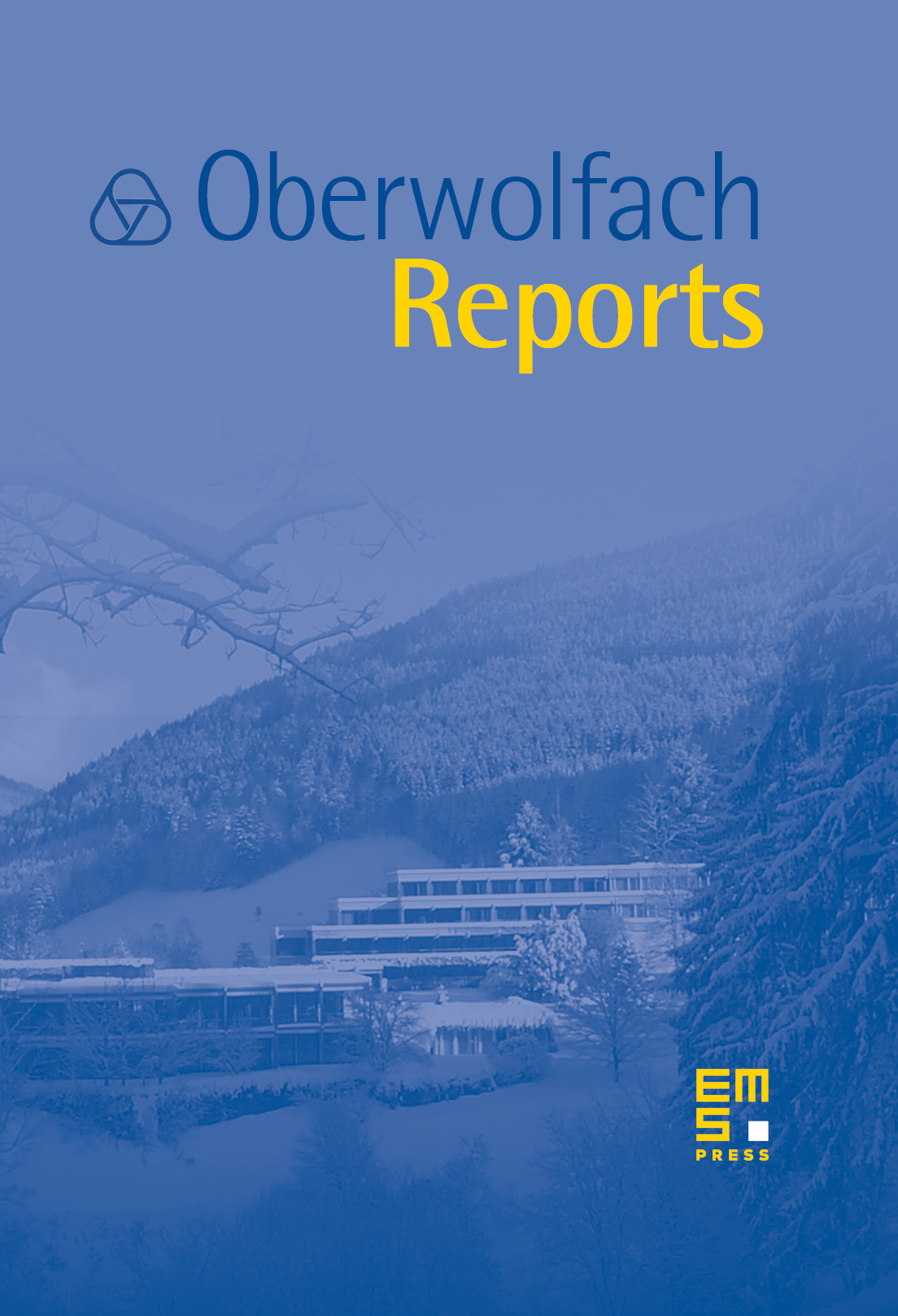Arbeitsgemeinschaft: Minimal Surfaces
William H. Meeks
University of Massachusetts, Amherst, USAMatthias Weber
Indiana University, Bloomington, USA

Abstract
The theory of Minimal Surfaces has developed rapidly in the past 10 years. There are many factors that have contributed to this development:
- Sophisticated construction methods [14,29,31] have been developed and have supplied us with a wealth of examples which have provided intuition and spawned conjectures.
- Deep curvature estimates by Colding and Minicozzi [3] give control on the local and global behavior of minimal surfaces in an unprecedented way.
- Much progress has been made in classifying minimal surfaces of finite topology or low genus in or in other flat 3-manifolds. For instance, all properly embedded minimal surfaces of genus 0 in , even those with an infinite number of ends, are now known [21, 23, 25].
- There are still numerous difficult but easy to state open conjectures, like the genus-g helicoid conjecture: _There exists a unique complete embedded minimal surface with one end and genus for each , or the related Hoffman–Meeks conjecture: _A finite topology surface with genus and ends embeds minimally in with a complete metric if and only if .
- Sophisticated tools from 3-manifold theory have been applied and generalized to understand the geometric and topological properties of properly embedded minimal surfaces in .
- Minimal surfaces have had important applications in topology and play a prominent role in the larger context of geometric analysis.
Cite this article
William H. Meeks, Matthias Weber, Arbeitsgemeinschaft: Minimal Surfaces. Oberwolfach Rep. 6 (2009), no. 4, pp. 2545–2584
DOI 10.4171/OWR/2009/45